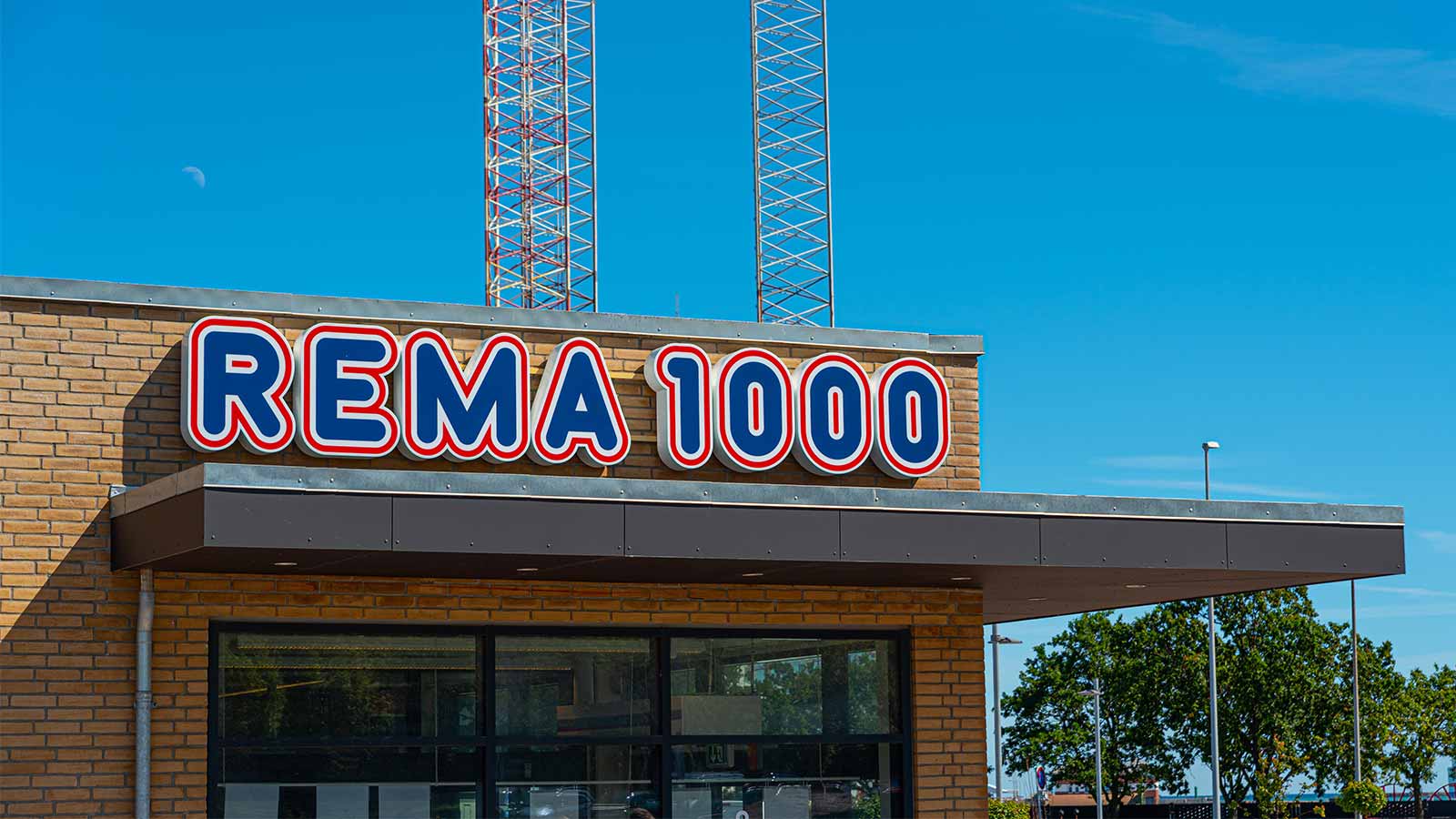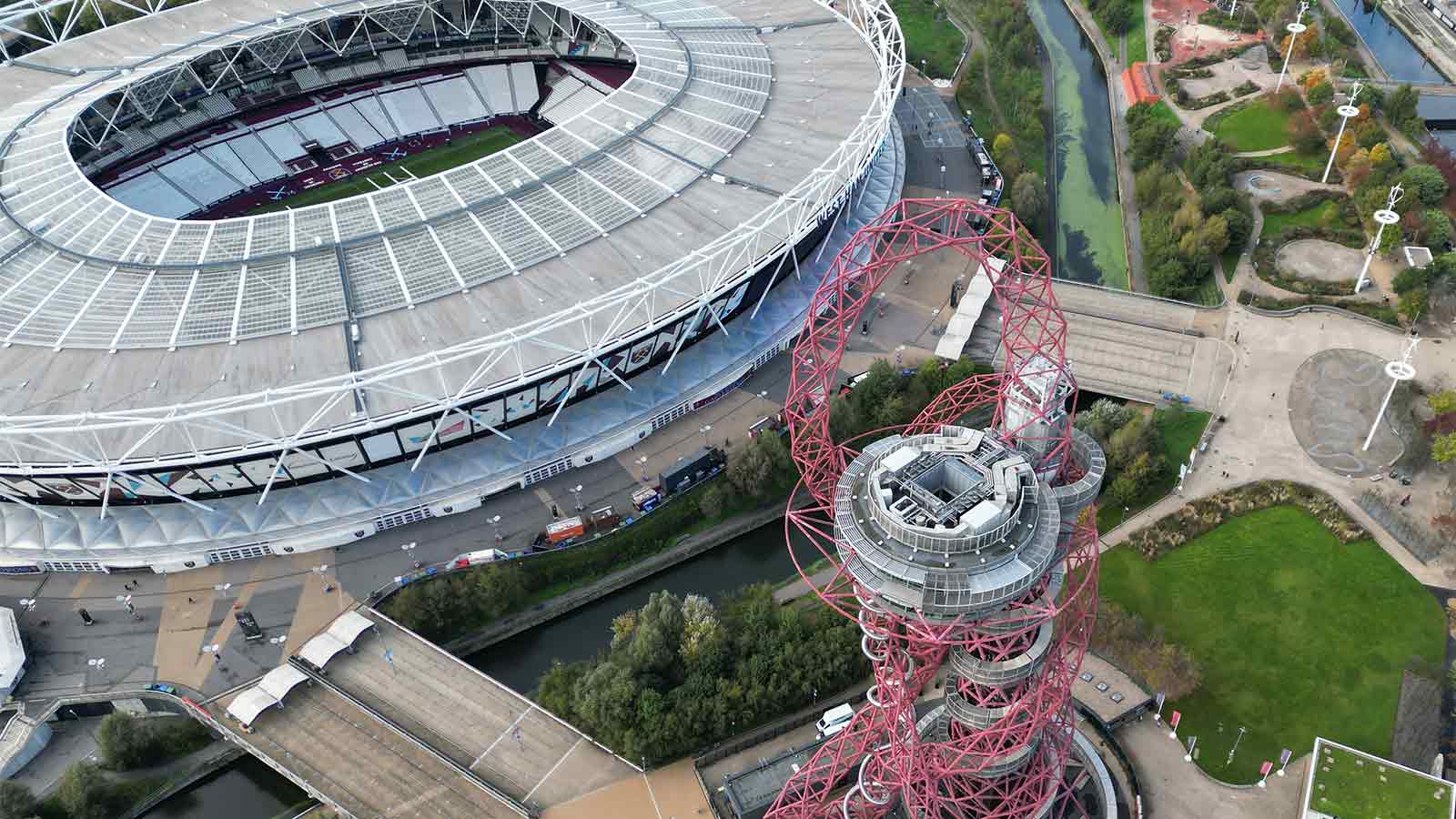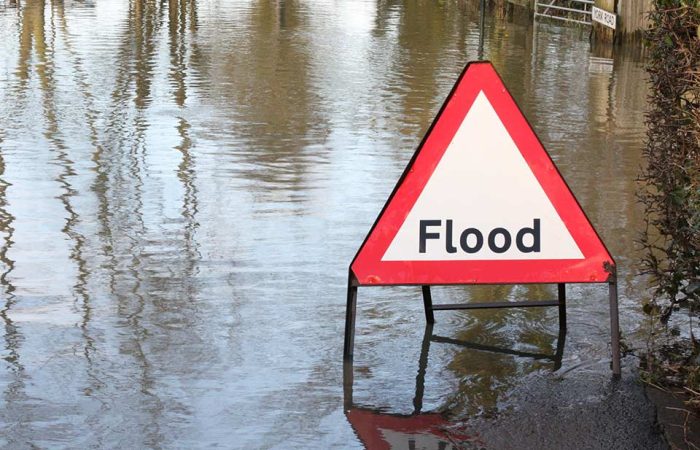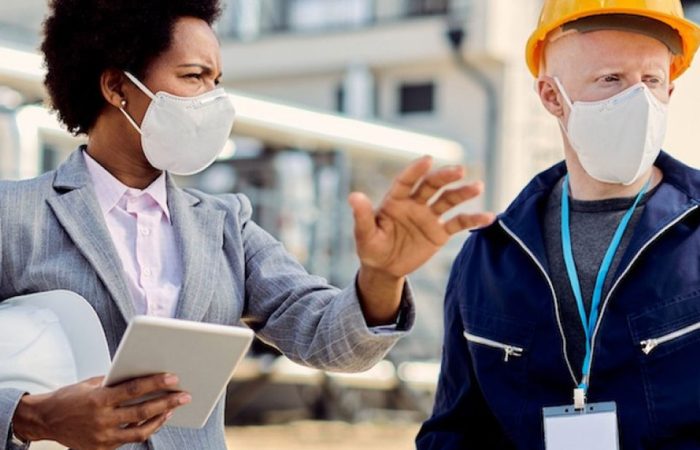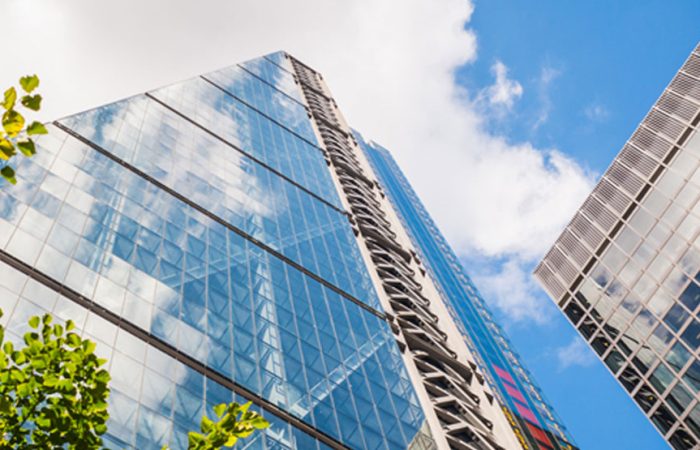Minimise environmental risks and liabilities in property transactions with Lucion’s expert environmental due diligence services. Our comprehensive assessments identify potential issues, helping you make informed decisions and negotiate favourable terms.
In property transactions, mergers, and acquisitions, understanding the environmental risks and liabilities associated with the asset is crucial for informed decision-making and risk mitigation. Lucion’s expert environmental due diligence services provide you with the insights needed to navigate transactions with confidence.
Our Services:
Phase I Environmental Site Assessment (ESA)
Our team conducts a comprehensive Phase I Environmental Site Assessment (ESA), which includes a thorough review of historical records, regulatory checks, site surveys, and interviews with key personnel. We identify potential environmental concerns and provide a clear assessment of the property’s environmental condition.
Environmental Compliance Assessment
We perform a limited environmental, health, and safety compliance assessment to provide an effective due diligence for industrial transactions. Our team evaluates the property’s compliance with relevant regulations, permits, and industry standards.
Phase II Confirmation Sampling
If potential contamination is identified during the Phase I ESA, we proceed with Phase II confirmation sampling. Our experts collect and analyse site samples to confirm or deny the presence of contamination, providing you with definitive data for decision-making.
Phase III Site Characterisation
For properties with confirmed contamination, we offer Phase III site characterisation services. Our team conducts a comprehensive study to fully characterise the nature and extent of contamination, assess risks, and provide remedial recommendations and cost estimates.
Environmental Liability Assessment
We help you understand the potential environmental liabilities associated with the property, including contamination, regulatory non-compliance, and unresolved incidents. Our reports clearly present the risks and potential costs, enabling you to make informed decisions.
Asbestos and Hazardous Materials Assessment
Our due diligence services include assessments for asbestos-containing materials and other hazardous substances in buildings. We identify the presence, condition, and potential risks associated with these materials, helping you plan for management or remediation.
Tailored Reporting and Risk Communication
We understand the importance of effective risk communication and tailor our reports to your specific needs and target audience. Our clear and concise reports ensure that the environmental risks are easily understood by all stakeholders involved in the transaction.
Partner with Lucion for comprehensive environmental due diligence services that safeguard your property transactions. Our experts are ready to support you in making informed decisions and achieving successful deals.



